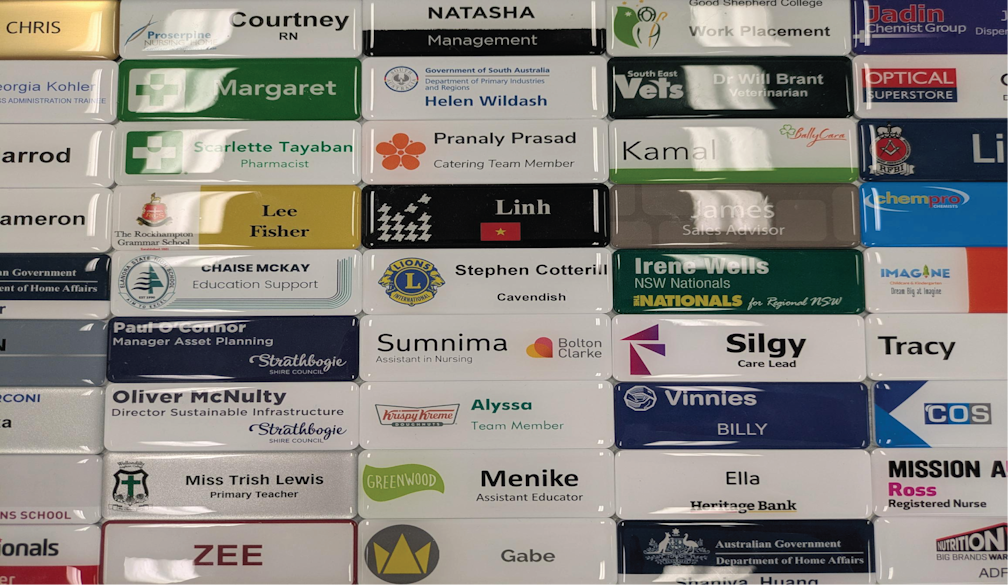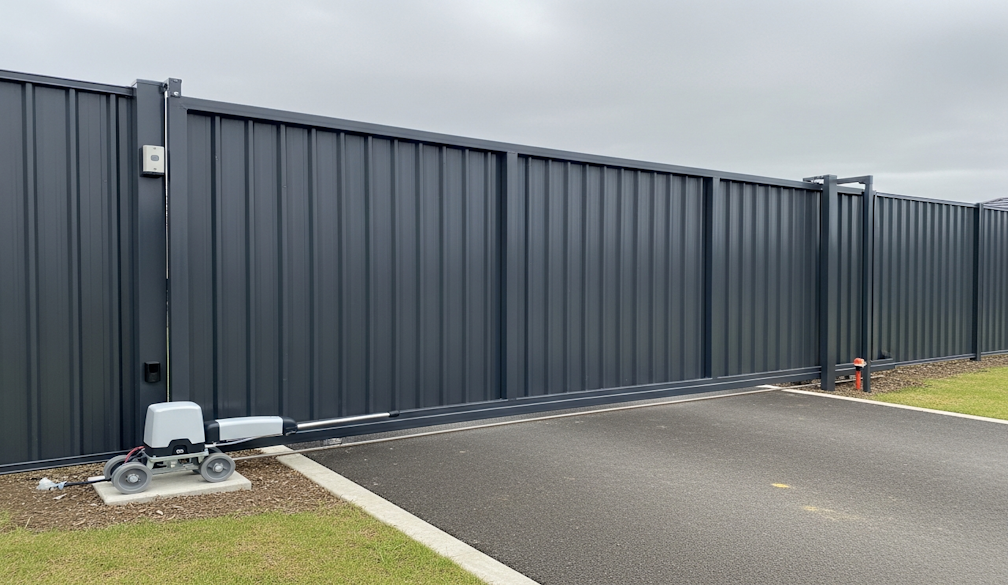Adani beware: coal is on the road to becoming completely uninsurable
- Written by John Quiggin, Professor, School of Economics, The University of Queensland
The announcement by Suncorp that it will no longer insure new thermal coal projects, along with a similar announcement by QBE Insurance a few months earlier, brings Australia into line with Europe where most major insurers have broken with coal.
US firms have been a little slower to move, but Chubb announced a divestment policy in July, and Liberty has confirmed it will not insure Australia’s Adani project.
Other big firms such as America’s AIG are coming under increasing pressure.
Even more than divestment of coal shares by banks and managed funds, the withdrawal of insurance has the potential to make coal mining and coal-fired power generation businesses unsustainable.
As the chairman and founder of Adani Group, Gautam Adani, has shown in Queensland’s Galilee Basin, a sufficiently developer can use its own resources to finance a coal mine that banks won’t touch.
Read more: Echoes of 2008: Could climate change spark a global financial crisis?
But without insurance, mines can’t operate.
(Adani claims to have insurers for the Carmichael project, but has declined to reveal their names.)
Why are insurers abandoning coal?
By the nature of their business, insurers cannot afford to indulge the denialist fantasies still popular in some sectors of industry. Damage caused by climate disasters is one of their biggest expenses, and insurers are fully aware that that damage is set to rise over time.
Even so, a sufficiently hard-headed company might choose to work both sides of the street – continuing to do business with fossil fuel companies, while also writing more expensive insurance against climate damage.
The bigger problem insurers face is the risk of litigation holding fossil fuel companies responsible for climate-related damage. For the moment, this is a potential rather than an immediate risk.
As US insurer AIG, yet to announce a divestment policy, has observed:
Based on our monitoring, while the overall volume of litigation activity has increased, past litigation seems to have largely been unsuccessful on numerous grounds including difficulties in determining and attributing fault and liability to a particular company, and the judiciary’s deference to the political branches of government on questions relating to climate change.
Recent development suggest these difficulties will be overcome.
It’s becoming easier to finger climate culprits…
Until recently, the most immediate problem facing potential litigants has been demonstrating that an event was the result of climate change as opposed to something else, such as random fluctuations in climatic conditions.
Scientific progress on this “extreme event attribution problem” has been rapid.
It is now possible to say with confidence that climate change is causing an increase in both the frequency and intensity of extreme weather and weather-related events such as extreme heatwaves, drought, heavy rains, tropical storms and bushfires.
The Bulletin of the American Meteorological Society has highlighted three extremes in 2016 that would not have occurred if not for the added influence of climate change:
a persistent area of unusually warm water that lingered off the Alaskan coast, causing reduced marine productivity and other ecological disruptions
the extreme heatwave that happened in Asia, killing hundreds and destroying crops
the overall global atmospheric heat record set that year.
…and to allocate liability
The second line of defence against climate litigation that has held so far is the difficulty of imputing damage to the companies that burn fossil fuels.
While it is true that all weather events have multiple causes, in many circumstances climate change caused by the burning of fossil fuels has been a necessary condition for those events to take place.
Courts routinely use arguments about necessary conditions to determine liability.
For example, a spark from a power line might cause a bushfire on a hot, dry, windy day, but would be harmless on a wet cold day. That can be enough to establish liability on the part of the company that operates the power line.
These issues are playing out in California, where devastating fires in 2017 caused damage estimated at US$30 billion and drove the biggest of the power companies, PG&E, into bankruptcy.
As a result there has been pressure to loosen liability laws, leaving the cost of future disasters to be borne by Californians in general, and their insurers.
Lawyers will be looking for someone to sue.
Adani is a convenient target
The question facing potential litigants is whether any single company contributes enough to climate change to make it meaningfully liable for particular disaster.
Adani’s Carmichael mine provides a convenient example.
Adani says the 10 million tonnes of coal it plans to mine will produce only 240,000 tonnes of carbon dioxide, but this is semantic trickery. The firm is referring only to so-called “scope 2” emissions associated with the mining process itself.
When the coal is burned it might produce an extra 30 million tonnes of carbon dioxide, amounting to about 0.05% of global emissions.
A 0.1% share of the damage associated with the California fires is US$15 million, enough to be worth suing for. Other similarly sized mines will face similar potential liabilities.
Once a precedent is established, any company in the business of producing or burning fossil fuels on a large scale can expect to be named in a regular stream of suits seeking substantial damages.
When governments are successfully sued…
The remaining line of defence for companies responsible for emissions is the history of courts in attributing climate change to decisions by governments rather than corporations.
In the Netherlands, a citizen action group called Urgenda has won a case against the Dutch government arguing it has breached its legal duty of care by not taking appropriate steps to significantly restrain greenhouse gas emissions and prevent damage from climate change.
The government is appealing, but it has lost every legal round so far. Sooner or later, this kind of litigation will be successful. Then, governments will look for another party that can be sued instead of them.
…they’ll look for someone else to blame
Insurance companies are an easy target with deep pockets. Despite its hopeful talk quoted above, AIG would find it very difficult to avoid paying up if Californian courts found the firms it insured liable for their contributions to a climate-related wildfires or floods.
This is not a message coal-friendly governments in the US or Australia want to hear.
But the decision of Suncorp to dump coal, just a couple of months after the re-election of the Morrison government, makes it clear that businesses with a time horizon measured in decades cannot afford wishful thinking. They need to protect themselves against what they can see coming.
Read more: Explaining Adani: why would a billionaire persist with a mine that will probably lose money?
John Quiggin is a former Member of the Climate Change Authority. He has been active in campaigns against new and expanded thermal coal mines.
Authors: John Quiggin, Professor, School of Economics, The University of Queensland





















